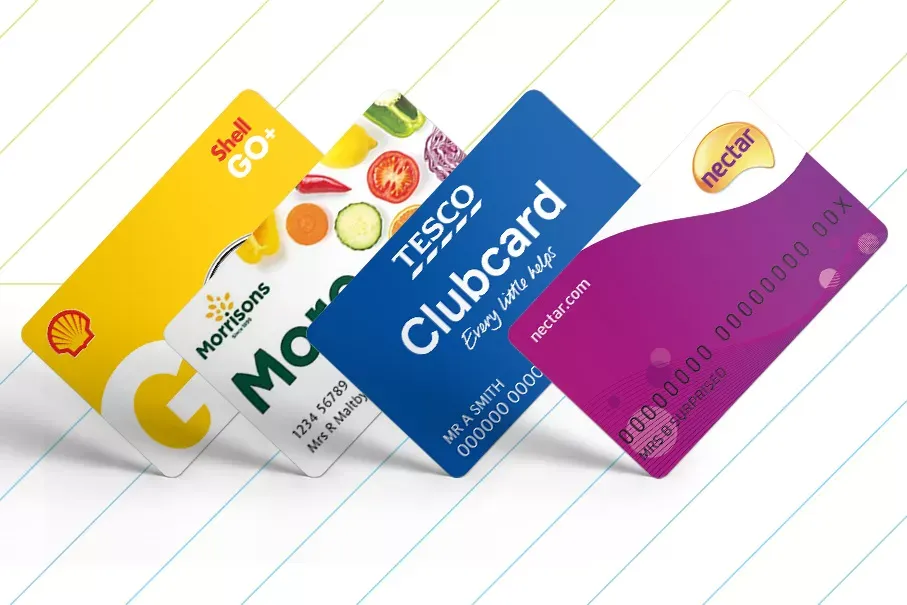
Grey fleets are widespread, and come with their own set of considerations, advantages and potential pitfalls. This guide goes through all the major areas, concerns and questions that businesses and fleets should be aware of.
What is a grey fleet?
Effectively, a grey fleet is when employees, workers or contractors use their own vehicles for work and business purposes. These may be leased or owned. Typically, they will claim the fuel expenses of these journeys back or use a company method of payment such as a company debit card, credit card or fuel card.
What issues should businesses be aware of?
There are legal and insurance implications that businesses need to keep in mind. Although the workers may be using their own vehicles, the company still has a duty of care towards them when asking them to travel for business purposes.
Why do companies operate grey fleets?
For some firms, the grey fleet is not so much a deliberate policy as a legacy practice. It may be the way things have always been done. In those cases, it will be worth doing a proper evaluation and assessment just to be sure that operations and costs are best served this way.
In many cases, companies operate a grey fleet in order to avoid leasing fees – effectively these costs are shouldered by the workers. This is particularly common for low mileage travel.
There is also sometimes a perception that allowing workers to use their own vehicles means lower risk for the business. But, as noted, the business still has a duty of care and so won’t necessarily escape or avoid liability.
What should you keep an eye on?
High on the list, if not top, is expenses. Naturally it’s crucial to keep a close watch on mileage being reclaimed by workers. One way to control and manage spending is to use fuel cards such fuelGenie, which links to a company account and so removes the need for pay-and-reclaim. It also tracks all spending in an online dashboard and generates combined invoices ready for HMRC and accounting.
It’s also important to cross-check payroll with your list of grey fleet drivers regularly – it’s not unheard of for ex-workers to continue claiming back mileage!
Ensure that the company maintains a full record of all vehicles in the grey fleet, including make, model, registration, tax, MOT, maintenance and service record. It’s also important that drivers are honest and report any incidents, issues, accidents and points added to their licence.
Can any vehicle be part of a grey fleet?
In theory, yes, but in practice it’s wise for companies to put in restrictions to standardise and smooth out operations. You should set some guidelines or restrictions detailing a maximum vehicle age, size and specification. This will ensure that all vehicles used for business are sound, efficient and fit for the company’s purposes. Companies might choose to exclude certain classes of vehicle, for example high performance cars with high fuel demands.
What’s the best way to handle expenses and reimbursements?
The traditional pay-and-reclaim approach to grey fleet requires meticulous records, lots of administration and a healthy dose of employee honesty. Using company fuel cards removes the admin associated with pay-and-reclaim and saves workers from paying out in the first place.
fuelGenie partners with low-cost supermarket fuel providers Tesco, Morrisons and Sainsbury’s, helping to keep petrol and diesel expenditure to a minimum for companies. Your online dashboard Manage My Account also allows monitoring, tracking and setting usage limits for even greater control.


